Are you struggling to find the perfect packaging for your product? The right glass bottle can elevate your brand and protect your contents. This decision impacts everything from shelf appeal to product integrity.
Choosing the right glass bottle for your product means considering its intended use, product compatibility, and desired aesthetic. You need to think about factors like glass type, bottle shape, closure options, and specific industry regulations to ensure optimal performance and brand representation.
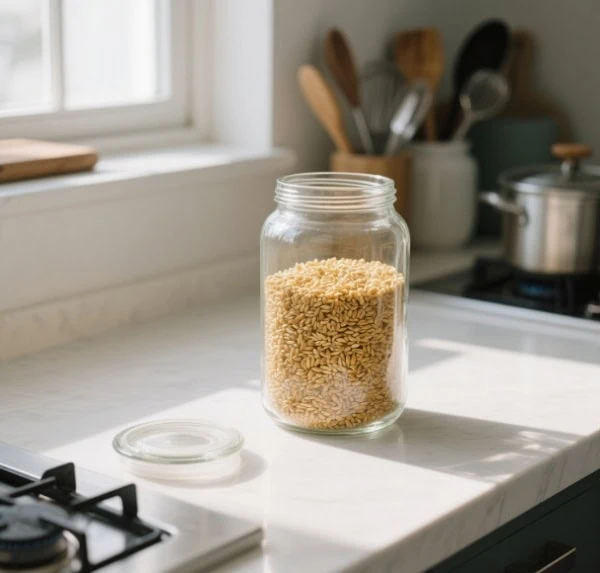
Selecting the ideal glass bottle might seem daunting, but with the right guidance, it becomes a clear path to success. I’m here to help you navigate this important choice, making sure your product stands out and stays protected.
How to Check the Quality of a Glass Bottle?
Are you worried about receiving subpar glass bottles? Poor quality can ruin your product and your reputation. Don’t let a bad batch undermine your hard work.
To check the quality of a glass bottle, visually inspect it for defects like cracks, bubbles, or inclusions. You should also check for consistent wall thickness, proper neck finish, and accurate capacity. A simple drop test or pressure test can further confirm its durability and integrity.
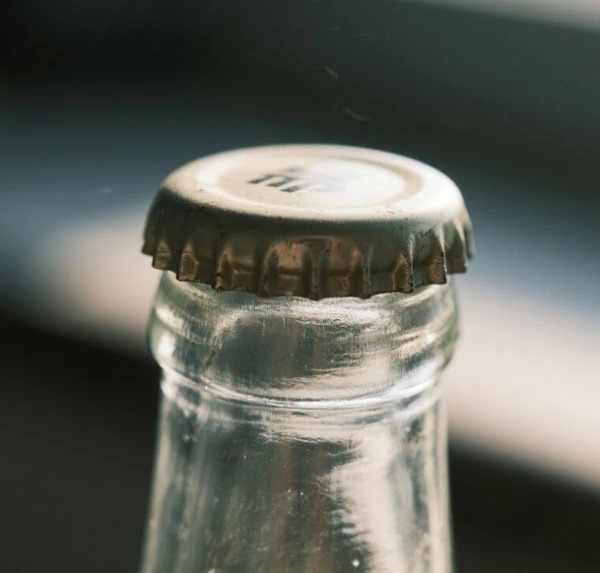
From my experience, a thorough quality check is essential. When I first started in the glass bottle factory, I learned that even a tiny flaw can lead to big problems down the line. We would meticulously examine each bottle, understanding that our clients’ success depended on our precision.
What are common visual defects to look for?
When inspecting glass bottles, pay close attention to common visual defects that can compromise quality. These issues might seem minor, but they can affect both the bottle’s function and its appearance.
- Cracks and fractures: Even hairline cracks can lead to leaks or breakage during filling or transport.
- Bubbles and stones: These are small air pockets or foreign particles trapped within the glass. While a few tiny bubbles might be acceptable for some uses, large or numerous ones weaken the glass.
- Scratches and abrasions: Surface damage can make the bottle look cheap and unprofessional, even if it doesn’t affect structural integrity.
- Inclusions: These are foreign materials embedded in the glass, which can weaken it or create an undesirable aesthetic.
- Irregularities in shape: Look for bottles that are not uniformly shaped or have noticeable warps.
- Uneven wall thickness: This can lead to weak points in the bottle, making it more prone to breakage under pressure or impact.
How do you test for structural integrity?
Beyond visual inspection, testing the structural integrity of a glass bottle ensures it can withstand the rigors of production, transport, and consumer use. This helps prevent costly product losses and maintains brand reputation.
- Pressure testing: This involves applying internal pressure to the bottle to see if it can hold up without rupturing. This is especially important for carbonated beverages or products that might generate internal pressure.
- Impact testing: Bottles are subjected to controlled impacts to simulate drops or collisions. This helps determine their resistance to breakage from external forces.
- Thermal shock testing: Glass bottles are exposed to rapid temperature changes to check their resistance to thermal stress. This is crucial for products that might be filled hot or stored in varying temperatures.
- Capacity verification: Ensure the bottle holds the advertised volume. This can be done by accurately measuring the fill volume.
- Neck finish inspection: The threads or sealing surface must be consistent and precise to ensure a tight seal with the cap or closure.
| Defect Type | Description | Impact on Quality |
|---|---|---|
| Cracks | Hairline breaks or fissures | Leaks, breakage, safety hazard |
| Bubbles | Air pockets within the glass | Weakens glass, visual flaw |
| Inclusions | Foreign material embedded | Weakens glass, visual flaw |
| Scratches | Surface marks or abrasions | Aesthetic impairment, potential weak point |
| Uneven Thickness | Inconsistent wall distribution | Weak points, prone to breakage |
What are the Properties of a Glass Bottle?
Have you ever wondered why glass is such a popular choice for packaging? Understanding its inherent properties is key to appreciating its value. These characteristics make it ideal for countless applications.
Glass bottles offer excellent barrier protection, are chemically inert, and provide superior aesthetic appeal. They are also non-porous, odor-free, and endlessly recyclable. These properties ensure product purity, extend shelf life, and support sustainable practices for various industries.
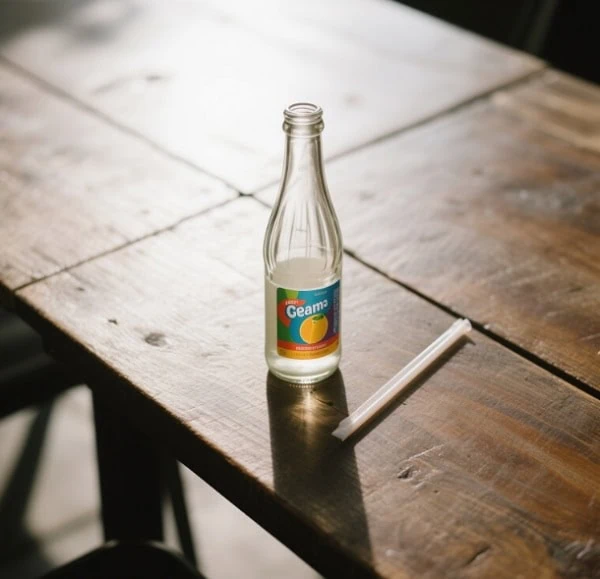
When I worked in the factory, I saw firsthand how these properties translated into real-world benefits. Clients trusted glass for their premium products because they knew it wouldn’t alter the taste or quality. This inertness is a huge advantage.
What makes glass an excellent barrier?
Glass acts as an exceptional barrier due to its non-porous and impermeable structure. This means it prevents gases, moisture, and odors from entering or escaping the bottle, crucial for product integrity and shelf life.
- Gas impermeability: Glass prevents oxygen from entering, which can degrade sensitive products like food, beverages, and pharmaceuticals. It also keeps carbonation from escaping.
- Moisture resistance: It blocks water vapor, protecting moisture-sensitive contents from humidity or preventing moisture loss from liquid products.
- Odor retention: Glass prevents the exchange of odors between the product and its surroundings. This is especially important for strong-smelling products or those that could absorb external odors.
- Chemical inertness: Glass does not react with most chemicals, preventing contamination or alteration of the product’s composition. This makes it ideal for a wide range of substances, including acids, alkalis, and solvents.
- UV protection: Amber or colored glass can filter out harmful UV light, which can degrade light-sensitive ingredients, extending product shelf life and maintaining potency.
How does recyclability benefit brands?
Recyclability is a massive advantage for brands choosing glass bottles. It aligns with growing consumer demand for sustainable practices and offers significant environmental and marketing benefits.
- Environmental responsibility: Glass is 100% recyclable and can be recycled endlessly without loss of quality. This reduces landfill waste and conserves natural resources.
- Brand image enhancement: Brands that use recyclable packaging are often perceived as more environmentally conscious and responsible, which can attract eco-minded consumers.
- Reduced carbon footprint: Using recycled glass in manufacturing new bottles reduces energy consumption and greenhouse gas emissions compared to using virgin materials.
- Circular economy contribution: By choosing glass, brands participate in a circular economy, where materials are reused and recycled, minimizing waste and maximizing resource efficiency.
- Consumer appeal: Many consumers actively seek out products in sustainable packaging. Offering glass bottles can be a key differentiator in a competitive market.
| Property | Benefit for Product | Industry Application |
|---|---|---|
| Inertness | No chemical reaction, purity | Food, pharma, cosmetics |
| Barrier Protection | Prevents spoilage, extends shelf life | Beverages, oils, chemicals |
| Recyclability | Sustainable, eco-friendly | All industries |
| Transparency | Product visibility | Spirits, perfumes, sauces |
| Heat Resistance | Sterilization, hot fill | Jams, sauces, baby food |
What is the Best Type of Glass Bottle?
Are you wondering which type of glass bottle best suits your needs? With various options available, it’s easy to get confused. Choosing the right glass type is crucial for product safety and brand presentation.
The “best” type of glass bottle depends on your product’s specific requirements, including its chemical composition, light sensitivity, and desired shelf life. Borosilicate glass offers high chemical and thermal resistance, while soda-lime glass is economical for everyday use. Amber glass provides UV protection for sensitive contents.
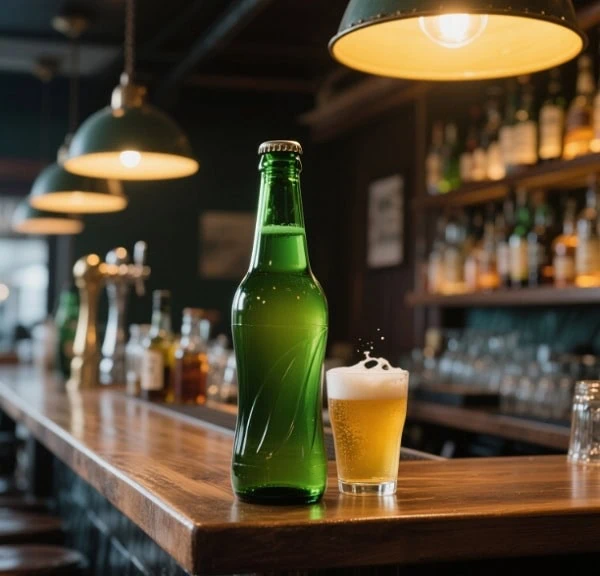
Early in my career, I quickly learned that one size doesn’t fit all in the glass bottle world. Each glass type has unique strengths. Understanding these differences allows me to guide clients to the perfect match, ensuring their product’s integrity and market success.
What are the main types of glass used for bottles?
Understanding the main types of glass used for bottles is essential for making an informed packaging decision. Each type offers distinct advantages, making it suitable for different applications.
- Soda-lime glass (Type III): This is the most common and economical type of glass. It is suitable for most products that do not have extremely high chemical or thermal requirements, such as food, beverages, and some cosmetics. It’s relatively strong and easily moldable.
- Borosilicate glass (Type I): Known for its excellent chemical resistance and high thermal shock resistance. This glass is ideal for pharmaceutical products, laboratory applications, and high-temperature processing. It contains boron trioxide, which gives it its unique properties.
- Amber glass: This is a type of soda-lime glass with added iron oxides that give it its brown color. Its primary benefit is providing excellent protection against UV light, which can degrade light-sensitive contents. It is commonly used for beer, certain medicines, and essential oils.
- Flint glass: This is a clear, colorless soda-lime glass that offers high transparency and brilliance. It’s often used for premium spirits, perfumes, and other products where visual appeal is paramount. It allows the product to be clearly seen by the consumer.
- Opal glass: This is an opaque or translucent glass, often white, created by adding opacifiers. It’s typically used for cosmetics, personal care products, and sometimes food, providing a premium or unique aesthetic while obscuring the product inside.
When should you choose colored glass?
Choosing colored glass for your bottles is a strategic decision driven by specific product needs and marketing goals. It offers benefits beyond just aesthetics.
- UV protection: For products sensitive to light degradation (like essential oils, certain pharmaceuticals, or some beers), amber or cobalt blue glass is crucial. These colors filter out harmful UV rays, extending shelf life and maintaining product potency.
- Product differentiation: Colored glass can help your product stand out on the shelf. A unique color can become part of your brand identity, making your product more recognizable. For example, some brands use green glass for wines or specialized beverages.
- Aesthetic appeal: Colored glass can convey a sense of luxury, tradition, or uniqueness. Darker colors often suggest premium quality, while vibrant colors can appeal to a younger demographic.
- Concealing contents: If the product inside isn’t visually appealing or needs to be obscured, colored or opaque glass (like opal) can be a good choice. This keeps the focus on the packaging and brand.
- Maintaining temperature: While not a perfect insulator, darker colored glass can offer a slight benefit in helping to maintain the temperature of the contents by reducing heat absorption from direct light.
| Glass Type | Key Properties | Typical Use Cases |
|---|---|---|
| Soda-Lime (Type III) | Economical, widely available | Food, beverages, household items |
| Borosilicate (Type I) | Chemical & thermal resistant | Pharmaceuticals, lab, high-temp |
| Amber Glass | UV protection, light filtration | Beer, essential oils, medicines |
| Flint Glass | Clear, high transparency | Spirits, perfumes, premium foods |
| Opal Glass | Opaque, premium aesthetic | Cosmetics, personal care, luxury |
What would be the best way to distinguish a glass jar from a plastic bottle?
Are you unsure how to tell the difference between glass and plastic packaging? While some plastics mimic glass, knowing the key distinctions is important. This helps you understand material properties and recycling.
The best way to distinguish a glass jar from a plastic bottle is by touch, sound, and visual inspection. Glass is typically heavier, colder to the touch, and produces a distinct clinking sound when tapped. Plastic is lighter, often warmer, and more flexible. Also, look for recycling symbols – glass usually has a “GL” code, while plastics have numbers 1-7.
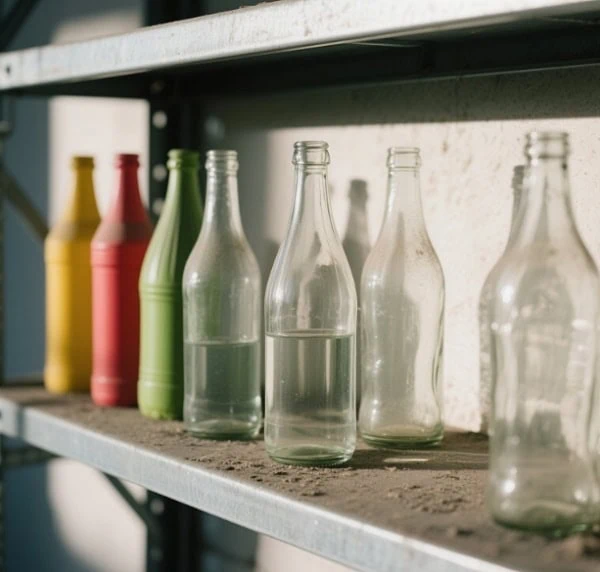
I remember one time a client was trying to decide between a very clear PET plastic bottle and a glass bottle. We did a side-by-side comparison, focusing on these simple tests. The difference was immediately apparent, and it helped them make the right choice for their brand’s image.
What are the tactile differences?
Tactile differences provide immediate clues when distinguishing between glass and plastic. The way an item feels in your hand can often tell you its material without any visual cues.
- Weight: Glass is significantly heavier than plastic of the same size and volume. This density difference is often the first thing you notice. A glass bottle will feel substantial, while a plastic one will feel surprisingly light.
- Temperature: Glass tends to feel colder to the touch than plastic at room temperature. This is because glass is a better conductor of heat, meaning it draws heat away from your hand more quickly, creating a sensation of coolness. Plastic is a poorer conductor and thus feels warmer.
- Hardness/Rigidity: Glass is rigid and unyielding. It doesn’t flex or deform under normal hand pressure. Plastic, especially common bottle plastics like PET, often has some degree of flexibility or squeeze. Even rigid plastics will have a different, less brittle feel than glass.
- Smoothness: Glass typically has a very smooth, often slick surface. While some plastics can be smooth, glass generally has a distinct, consistent slickness.
- Sound: When you tap a glass bottle, it produces a clear, resonant “clink” sound. Tapping a plastic bottle, on the other hand, usually results in a duller, hollow “thud” or a softer sound.
How do visual cues help identify the material?
Visual cues offer another reliable way to differentiate between glass and plastic bottles, especially when you can’t touch them. These details often reveal the material’s inherent properties and manufacturing processes.
- Clarity and Sheen: Glass typically has a higher degree of clarity and a distinct, almost watery sheen that plastic struggles to replicate perfectly. While clear plastics exist, they often have a slightly different refractive index and can appear less brilliantly transparent than glass.
- Mold Lines and Seams: Look closely for mold lines. Glass bottles often have less prominent mold lines, or the lines might appear smoother due to the molten nature of glass during forming. Plastic bottles, particularly blow-molded ones, can have more noticeable mold lines or seams, especially around the base and neck.
- Base Markings: Both glass and plastic bottles often have markings on their bases. Glass bottles typically have a mold number, manufacturer’s mark, and sometimes a “GL” or “G” recycling symbol. Plastic bottles will almost always have a recycling symbol with a number inside (1 through 7) and often a resin identification code.
- Neck Finish: The neck finish of a glass bottle is usually very precise and smooth, designed for a tight seal. Plastic bottle necks can sometimes show slight imperfections or a different texture.
- Absence of Scratches/Dents: While glass can scratch, it’s generally more resistant to minor abrasions and dents than plastic, which can easily scuff or deform from impact. If you see numerous small scratches or minor dents, it’s likely plastic.
| Characteristic | Glass | Plastic |
|---|---|---|
| Weight | Heavier, more substantial | Lighter, feels less dense |
| Feel | Colder, rigid, smooth, brittle | Warmer, flexible (often), softer, less brittle |
| Sound (Tap) | Clear “clink” | Dull “thud” or softer noise |
| Clarity/Sheen | High clarity, distinct brilliance | Good clarity, but often less brilliant |
| Recycling Code | Often “GL” or no number (regional) | Number 1-7 inside chasing arrows |
| Flexibility | None, very rigid | Some degree of flex or squeeze |
Conclusion
Choosing the right glass bottle is critical for product success. By understanding glass properties, performing quality checks, and distinguishing materials, you ensure your product’s integrity and appeal. This thoughtful approach protects your brand and satisfies your customers.

